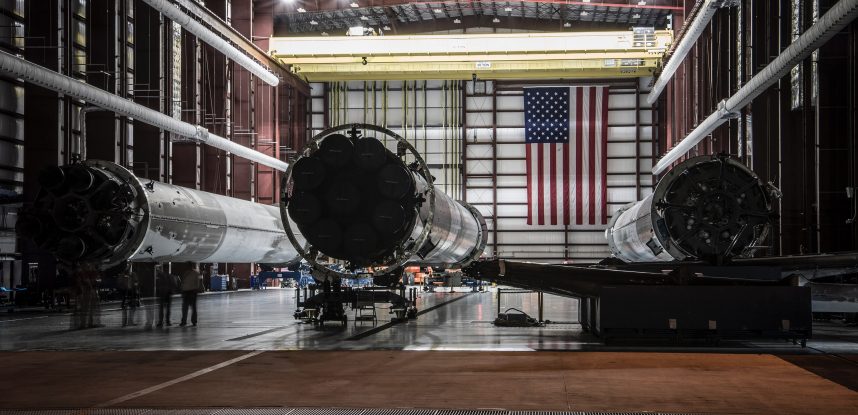

Legacy Equipment Manufacturer (LEM) vs Original Equipment Manufacturer (OEM)
When you need an embedded board that is still in production, it is easy to call the OEM, order what you want, and receive delivery. Because everything needed to produce your product is still readily available, you don’t have to worry about issues like accessibility, documentation, or counterfeit parts. However, after the point when an OEM is forced to turn its resources toward newer products (and their future!), and their older, more difficult-to-support products are discontinued, everything about manufacturing and supporting these products changes, and a different proactive approach is needed.
Dealing with the sustainment of a discontinued or older embedded board product requires understanding the distinction between original equipment manufacturing and legacy equipment manufacturing. Although legacy equipment manufacturing sustains products by utilizing the original IP, the processes and organization needed to manufacture and support these products is vastly different than the ones the OEM uses.
Supporting applications with decade-long lifespans requires a basic shift in the manufacturing approach. How long past End-of-Life (EOL) is that component? Where are the holes in the technical data package (TDP)? How much traceability is left on the board? Competing priorities? Profit margins? Resource allocation? Availability? Sourcing? Lead times? This is legacy equipment manufacturing. Nothing is the same, there are no one size fits all solutions, and everything is different.
It is easy to take for granted the ease of availability when working directly with board OEMs. However, once the OEM issues EOL notices, and the parts you need are no longer being manufactured, planning upkeep for the remaining life of your system can only be achieved with a different mindset that embraces a different approach.
It is important to be fully aware that a different set of rules apply when manufacturing boards in the active phase of their lifecycle versus boards that are experiencing component obsolescence or have been already discontinued by their OEM.
Understanding these differences is vital for the sustainability of your systems.



